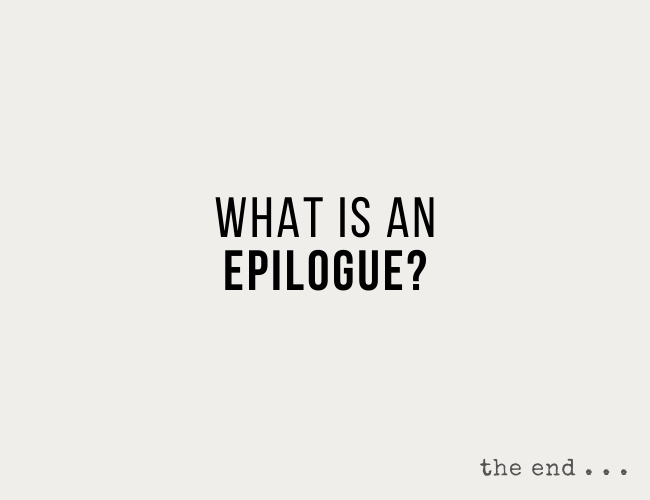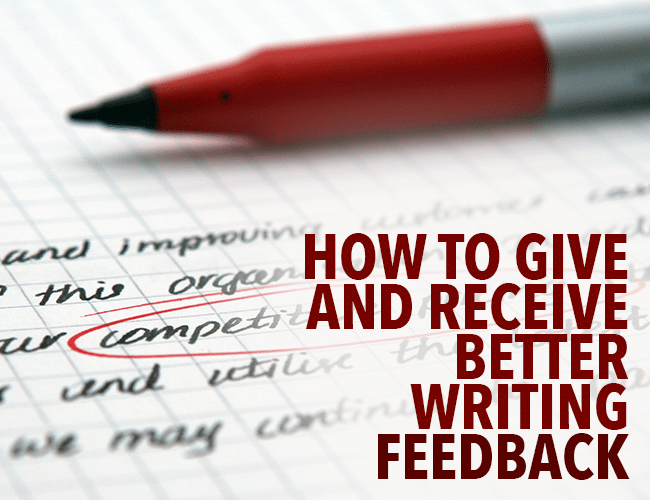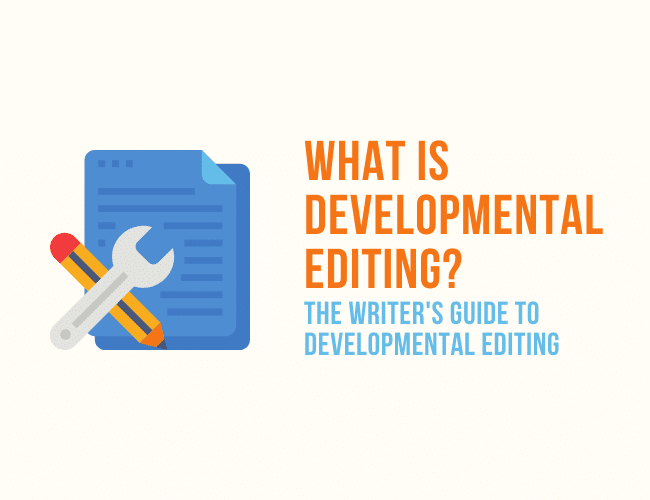
by Liz Bureman |
My mother seems to appreciate having a grammar lover in the family. For Christmas one year, she bought me the book I Judge You When You Use Poor Grammar. (By the way, it is equally correct to say “bad grammar.”) Last week, my mother emailed to ask if she was using the word “nor” correctly, which brings me to today’s post: the use of either, neither, and the connecting words that go with them.

by Joe Bunting |
You worked hard. You stayed up late, got up early, pushed through writer’s block, and finally, at long last, finished writing your book.
But after you write your book, what comes next?

by Joe Bunting |
You know you’ve seen it at the end of a book, but what does it mean? What is an epilogue actually? Why not just call it, “Last Chapter?” Who thought up this word, “Epilogue,” anyway? And if you’re a writer, should you end you’re book with an epilogue?

by Joe Bunting |
Maybe and may be are both used to discuss possibility. However, they are different, with the main difference between these two words being that they are two different parts of speech.
As you may remember from elementary school, there are nine different parts of speech. Let’s look at how to distinguish between maybe and may be.

by Sue Weems |
A little over ten years ago, I had almost a decade of English teaching experience, a couple years paid freelance writing work, several creative writing university courses under my belt, and a few small publications in poetry and nonfiction. A friend’s mom, Mae, had written a query letter for her second novel. She asked me to read it and give her some writing feedback. What could go wrong?
When Mae asked, I had not attempted to write an entire novel or a query letter. I had read thousands of novels and a few letters, but I had not studied the structure and requirements of each. I assumed writing was writing. Surely with a degree in English and a little experience, I was qualified to give good feedback?
Nope. Not even close.

by Alice Sudlow |
You’ve written a book. Congratulations! But wait . . . now what? What do you do with your manuscript? How do you turn it from a rough draft into a publishable book? The next step is to get professional developmental editing. A developmental editor will help you take your rough, unpolished ideas and turn them into an amazing second draft.
If you’re new to the world of editing, though, the term “developmental editing” might sound a little confusing. What is developmental editing? What makes it different from other kinds of editing, like line editing, copy editing, or proofreading?
Here’s everything you need to know about developmental editing, including how to find the best editor for your book.





